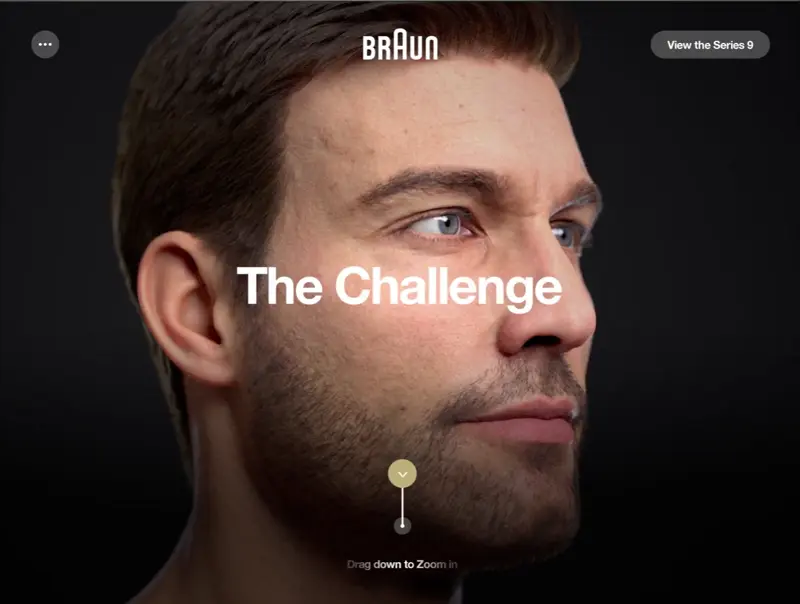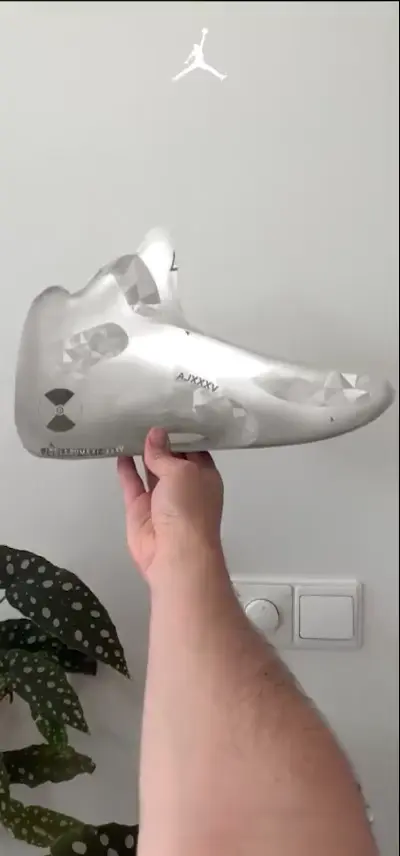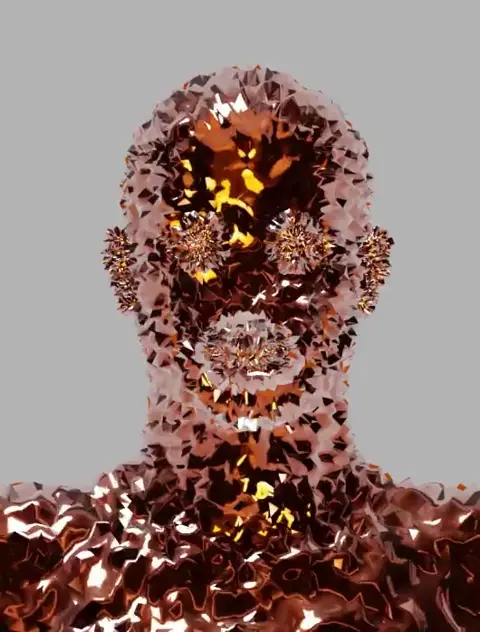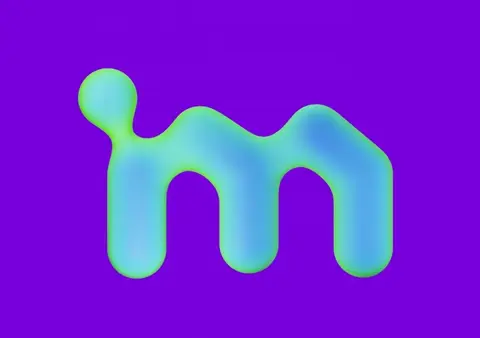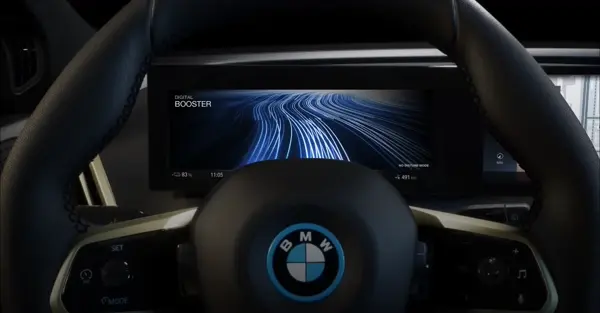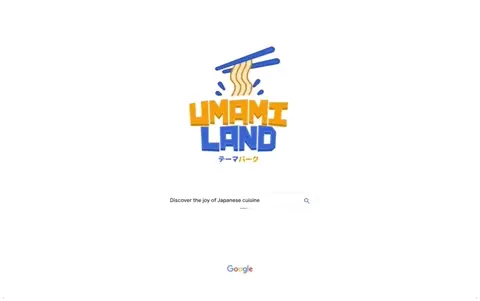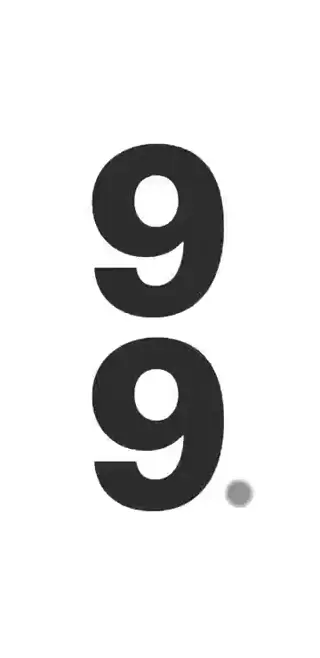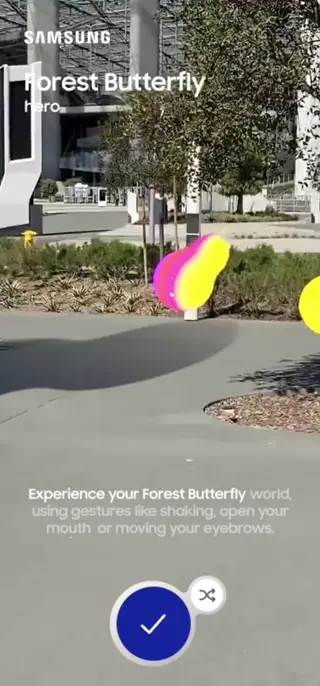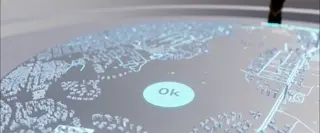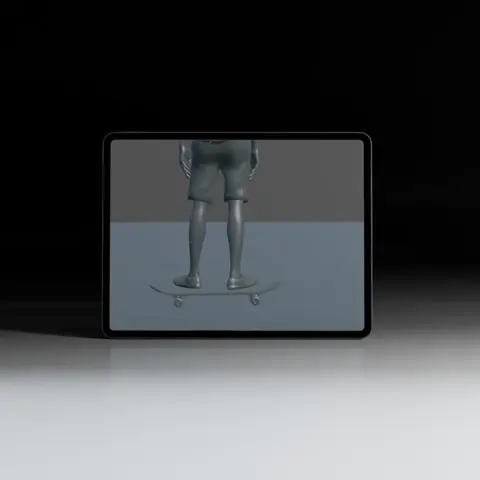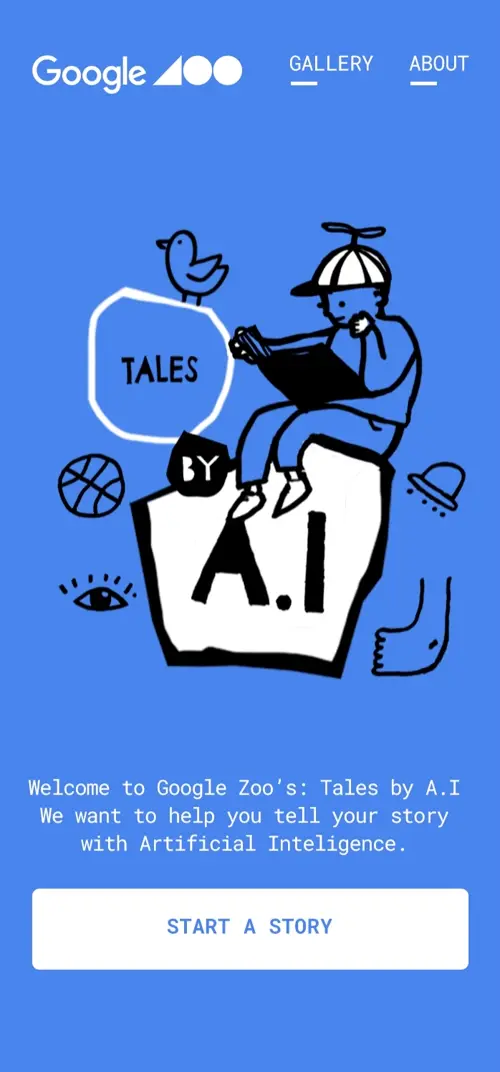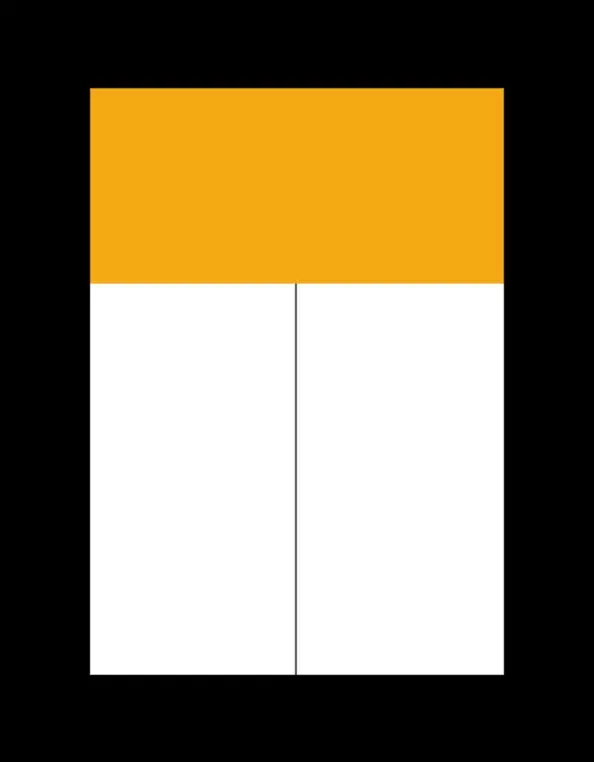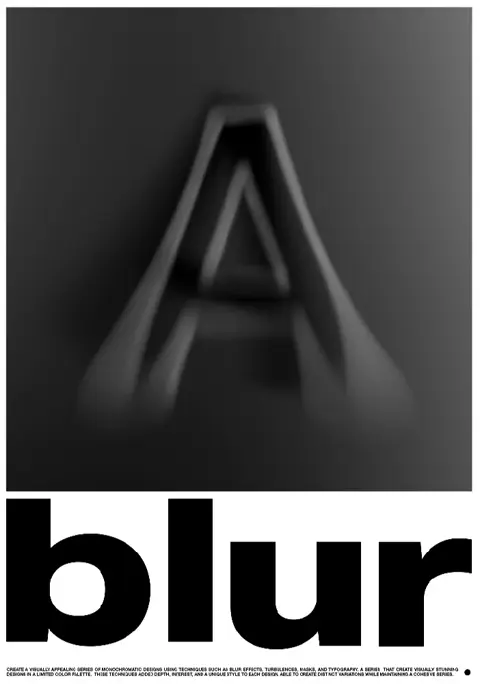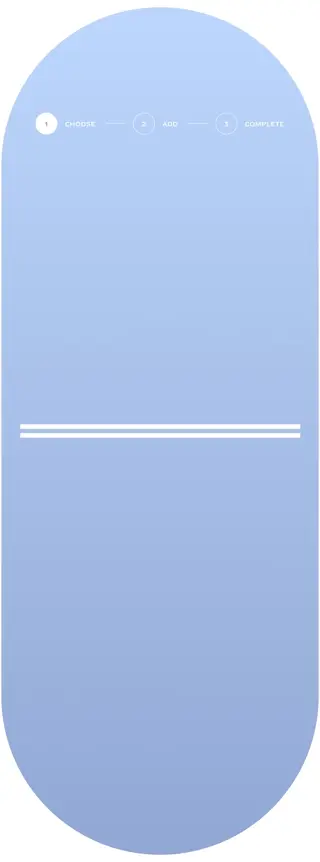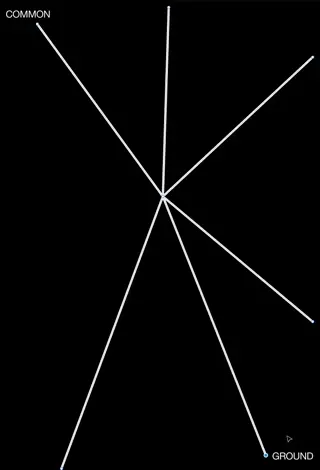Introduction
Hello! Thank you for checking out my creative process. I believe that sometimes explaining every detail case by case can be way too repetitive. You can often gauge your involvement in a project without needing extensive explanations. Additionally, it can be challenging to articulate a process that involves team collaboration, leading to misunderstandings.
For that reason, I've included this section instead to explain how I work with clients and teams, and how I approach life in general.
I follow a five-step framework, which functions like a timeline. At different points in the process, I highlight my starting position. Sometimes, a brand already has an established identity or doesn’t want a redesign; they might just need to address a specific problem, or perhaps they’re unsure of the issue and only know they want a refresh—whether that involves a website, new branding, updated iconography, incorporating new technologies, or integrating 3D art. You never know.
I believe the task of a designer is to solve particular problems, so I created this framework to help people understand how I work and how I resolve issues.
Additionally, I believe in the concept of the new Renaissance designer, which can also be seen in the Bauhaus philosophy. In today's world, where specialization is often preferred, it's unfortunate that companies and agencies may not appreciate those who have a broad skill set. The Bauhaus movement championed the idea of a designer who is not confined to a single discipline but is capable of integrating various forms of art, craft, and technology. This holistic approach to design is something I deeply resonate with.
I don’t believe we should be confined to one discipline for the rest of our lives, nor do I subscribe to the idea of being just a technician. Like the Bauhaus pioneers, who embraced the fusion of art, architecture, and industrial design, I was educated to be a problem-solver, and that’s the approach I believe in and the way I was trained.
Every day, new roles and titles emerge for specific tasks, but I prefer to simply be a designer who solves problems—whether it involves coding, 3D modeling, using a hammer, creating a new product design, or developing an interior design. For me, it’s about doing everything, much like the multifaceted approach that the Bauhaus encouraged.





